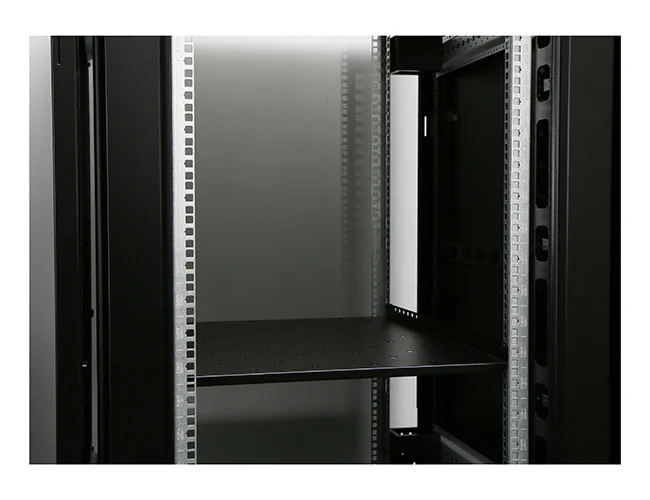News
Site Editor
 Site
https://leonetworkgroup.usa18.wondercdn.com/uploads/image/5fe152faa587d.png
Ethernet patch panels are an essential component in enterprise-level networking setups. These panels provide the backbone for the network by enabling the routing of incoming data to the relevant devices. Proper cabling and wiring of the patch panels ensure smooth transmission of data across the network. This article will guide you on how to wire Ethernet patch panels effectively.Step 1: Plan the C
Site
https://leonetworkgroup.usa18.wondercdn.com/uploads/image/5fe152faa587d.png
Ethernet patch panels are an essential component in enterprise-level networking setups. These panels provide the backbone for the network by enabling the routing of incoming data to the relevant devices. Proper cabling and wiring of the patch panels ensure smooth transmission of data across the network. This article will guide you on how to wire Ethernet patch panels effectively.Step 1: Plan the C
How To Wire Ethernet Patch Panel
Views: 588
Author: Site Editor
Publish Time: 2023-07-12
Origin: Site
Ethernet patch panels are an essential component in enterprise-level networking setups. These panels provide the backbone for the network by enabling the routing of incoming data to the relevant devices. Proper cabling and wiring of the patch panels ensure smooth transmission of data across the network. This article will guide you on how to wire Ethernet patch panels effectively.
Step 1: Plan the Cabling
Before physically wiring the patch panel, it's advisable to have a plan in place. The plan should involve identifying the devices that need to be connected, the cabling layout, the length of cables needed, and the distribution of data across the devices. It's also important to choose the right type of cable to use, such as Cat5e or Cat6 depending on the required data speeds.
Step 2: Prepare the Patch Panel
Before wiring the patch panel, it's crucial to prepare it correctly. To do this, identify the appropriate slots where the cables will be connected. Most Ethernet patch panels have ports specified by color, so ensure the cables match the color coding. Remove the protective cover from the ports and orient the patch panel to match the cabling plan.
Step 3: Inserting the Ethernet Cables
Insert one end of the Ethernet cable into the appropriate port on the device that requires internet access. At the other end, strip about an inch of the outer jacket on the cable. Inside the cable, there are four pairs of twisted wires, each with its own color code. Align each wire with its corresponding port on the patch panel. Use a punchdown tool to push the wire into the slot. The punchdown tool ensures a strong connection between the wire and the patch panel.
Step 4: Verify the Connection
Test the connection to ensure the cables are properly connected and transmitting data. Use a network cable tester to check for continuity and signal strength. The tester will identify any connectivity issues, such as incorrect wiring or a break in the cable.
Step 5: Label the Patch Panel
Proper labeling of the patch panel enables easy identification of the devices that are connected. Use a label maker to print out the names of the devices linked to each port on the panel. Labeling also makes it easier to troubleshoot connection issues.
In conclusion, wiring Ethernet patch panels is a critical part of any enterprise-level networking setup. Proper planning, preparation, and execution of cabling and wiring are essential to ensure that the network runs smoothly. Follow the above steps to set up and wire your patch panel correctly. With this approach, you can minimize downtime and maximize network uptime for optimal productivity.
If you want to know more about industrial network cabinet,china fiber optic splice closure,china fiber optic distribution box,please consult the fiber optic splice closure factory









